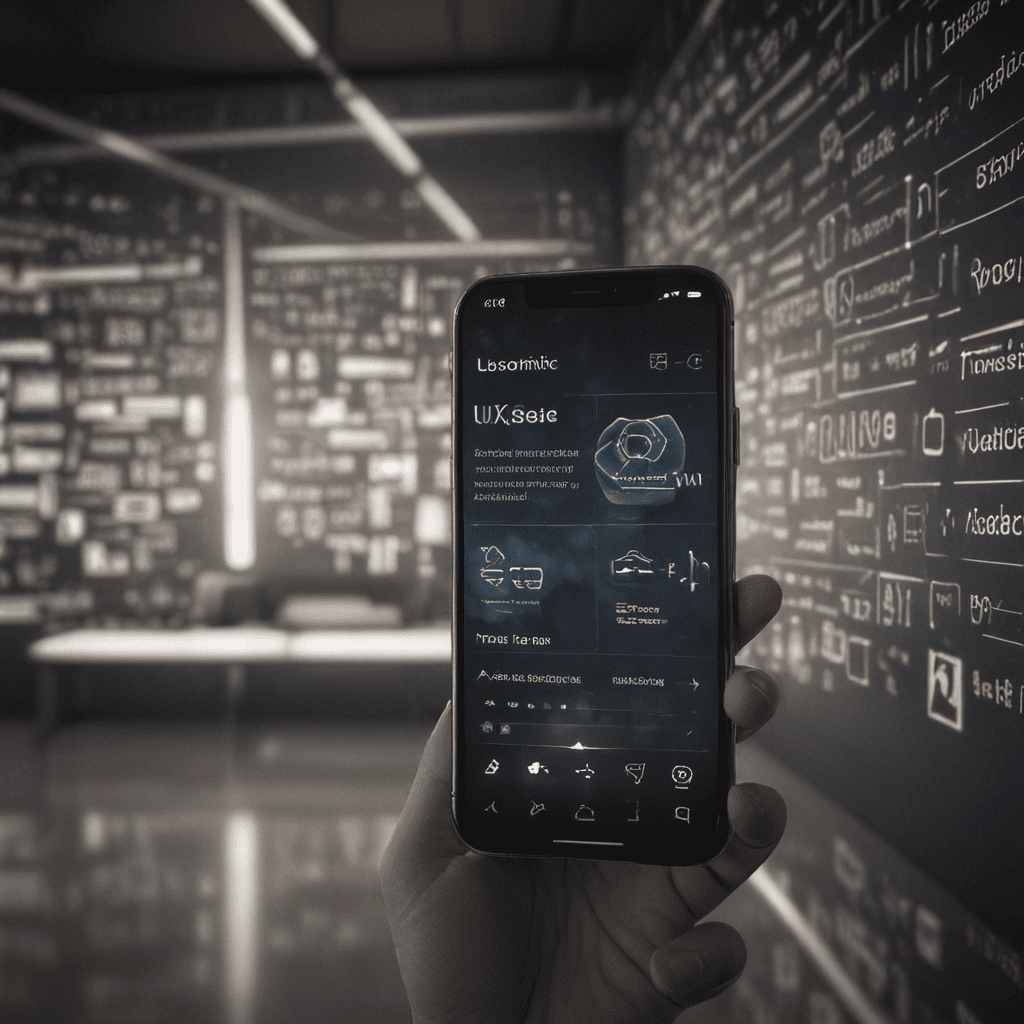Introduction to Emotional Intelligence and UX Design
In today's digital landscape, user experience (UX) design has emerged as a crucial aspect of software development. UX designers strive to create interfaces that are not only visually appealing but also intuitive, engaging, and emotionally resonant for users. Emotional intelligence (EI) plays a pivotal role in the UX design process, enabling designers to understand and cater to the emotional needs of users.
Understanding the Role of Emotions in User Experience
Emotions are an intrinsic part of human cognition and behavior. In the context of UX design, emotions significantly influence how users interact with digital products. Positive emotions, such as satisfaction and delight, can enhance user engagement, loyalty, and overall satisfaction. Conversely, negative emotions, such as frustration and anxiety, can lead to usability issues and dissatisfaction.
Identifying Emotional Cues in User Research
Understanding the emotional experiences of users requires UX designers to conduct thorough user research. By observing user behavior, gathering feedback, and conducting interviews, designers can identify emotional cues that reveal how users feel when interacting with a product. Facial expressions, tone of voice, and body language provide valuable insights into user emotions.
Designing for Emotional Resonance
Based on the emotional cues identified during user research, UX designers can incorporate design elements that elicit positive emotions and mitigate negative ones. The use of color, typography, imagery, and sound can evoke specific emotions and influence user behavior. Designers can create interfaces that feel familiar, comforting, and engaging by considering the emotional impact of these design elements.
Leveraging Emotional Intelligence to Create Empathy Maps
Empathy maps are a powerful tool in UX design, allowing designers to deeply understand the user's emotional journey. By creating a visual representation of the user's thoughts, feelings, and motivations, designers can develop a more empathetic understanding of the user's experience. Emotional intelligence enables designers to interpret emotional cues and translate them into actionable design decisions.
6. Incorporating Emotional Intelligence into the Design Process
Emotional intelligence should be integrated into every stage of the UX design process. From initial user research to ongoing usability testing, designers should consider the emotional impact of their designs. By incorporating EI into their workflow, designers can create products that are both functional and emotionally engaging.
7. Benefits of Emotional Intelligence in UX Design
The benefits of emotional intelligence in UX design are numerous. EI-driven designs can:
- Enhance user satisfaction and engagement
- Increase product usability and adoption
- Reduce user frustration and anxiety
- Build stronger brand loyalty
- Drive positive word-of-mouth and social sharing
8. Challenges of Implementing Emotional Intelligence in UX Design
Implementing emotional intelligence in UX design can present challenges. Some common obstacles include:
- Lack of formal training in EI for designers
- Difficulty in quantifying emotional responses
- Balancing emotional considerations with other design priorities
9. Developing Emotional Intelligence Skills for UX Designers
UX designers can develop their emotional intelligence skills through various means. These include:
- Workshops and training programs
- Reading books and articles on EI
- Practicing empathy and perspective-taking
- Seeking feedback from diverse stakeholders
10. Conclusion: The Significance of Emotional Intelligence in UX Design
Emotional intelligence is a critical component of UX design, enabling designers to create products that resonate with users on an emotional level. By understanding and addressing the emotional needs of users, designers can create experiences that are both effective and enjoyable. As the field of UX design continues to evolve, emotional intelligence will become increasingly important for designers who seek to create truly exceptional digital products.
Frequently Asked Questions (FAQs)
Q: Why is emotional intelligence important in UX design?
A: Emotional intelligence allows designers to understand and cater to the emotional needs of users, resulting in more engaging and satisfying experiences.
Q: How can I incorporate emotional intelligence into my UX design process?
A: Integrate EI into user research, design brainstorming, and usability testing to consider the emotional impact of your designs at every stage.
Q: What are some challenges in implementing emotional intelligence in UX design?
A: Challenges include lack of formal EI training, difficulty in quantifying emotional responses, and balancing emotional considerations with other design priorities.
Q: How can UX designers develop their emotional intelligence skills?
A: Attend workshops, read on EI, practice empathy, and seek feedback from diverse stakeholders.
Q: What are the benefits of emotional intelligence in UX design?
A: EI-driven designs enhance user satisfaction, usability, and loyalty while reducing frustration and anxiety.
